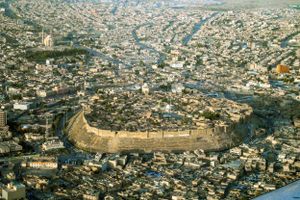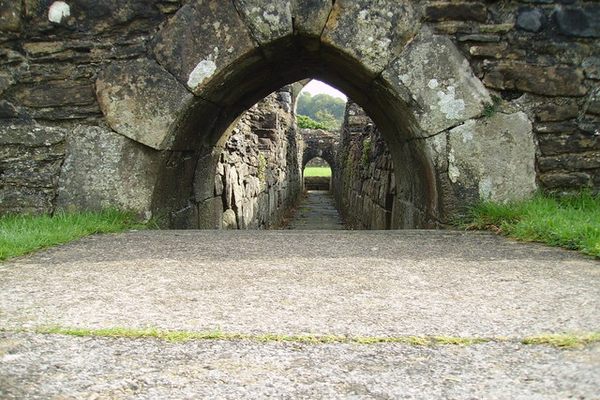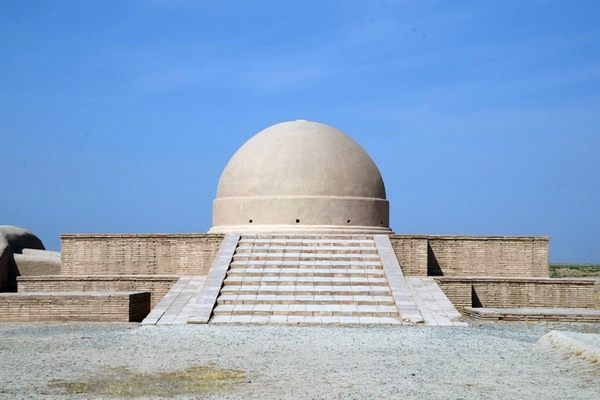About
During the 4th-century CE, King Senchareb of Nineveh commissioned the building of this monastery as an act of atonement for having killed his son, Behnam, and daughter Sarah for converting to Christianity.
Behnam, was eventually sanctified, hence the title Mar, a title of sainthood in the Assyrian language. He and Sarah’s bodies were buried in a crypt at the monastery. The site quickly became a beacon for Christian pilgrims throughout the region.
As a result, the monastery attracted several artists that contributed paintings, bas-reliefs, and statues to the collection of artifacts at the site. The more prestigious the monastery became, the more pilgrims it attracted. It also drew the ire of other groups across the region.
Most notably, Nader Shah targeted the monastery during the 18th-century because of its importance to Christianity. Albeit damaged, the monastery survived. Several restorations occurred over the next few years in an attempt to preserve the invaluable works of art and architecture of the monastery.
The site's historical ties have more recently caught the eye of terrorist organizations, such as the Islamic State Group. In 2015, the group planted 19 bombs around the monastery in an attempt to destroy it. However, they failed to detonate, except for a few bombs planted nearby that did damage the monastery.
Sadly, it appears the tombs of Behnam and Sarah were destroyed, but the monastery survived. Extensive work is currently ongoing to salvage what can be salvaged, repair what can be repaired, and rebuild what was destroyed.
Related Tags
Community Contributors
Added By
Published
October 14, 2020






























